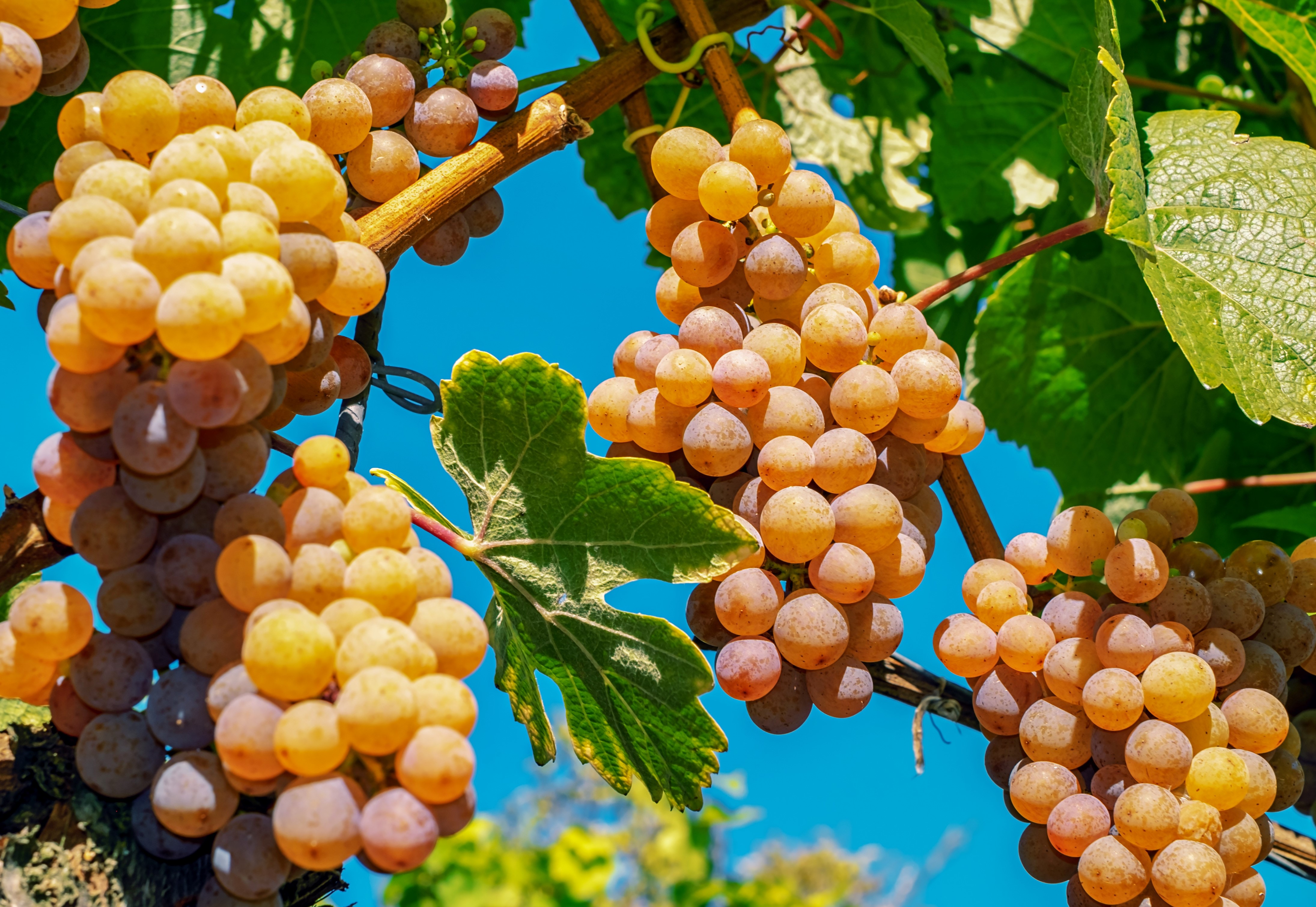
/grapeview-france-56a026dc3df78cafdaa04da5.jpg)
( June 2014) ( Learn how and when to remove this template message) Unsourced material may be challenged and removed. Please help improve this article by adding citations to reliable sources. This section needs additional citations for verification. All of the familiar wine varieties belong to Vitis vinifera, which is cultivated on every continent except for Antarctica, and in all the major wine regions of the world. Cultivars of Vitis vinifera form the basis of the majority of wines produced around the world. The fresh grapes can also be processed into juice that is fermented to make wine and vinegar.


Grape leaves are used in the cuisine of many cultures. Grapes can be eaten fresh or dried to produce raisins, sultanas, and currants. Domesticated vines have hermaphrodite flowers, but sylvestris is dioecious ( male and female flowers on separate plants) and pollination is required for fruit to develop. The wild grape is often classified as Vitis vinifera sylvestris (in some classifications considered Vitis sylvestris), with Vitis vinifera vinifera restricted to cultivated forms. There are currently between 5,000 and 10,000 varieties of Vitis vinifera grapes though only a few are of commercial significance for wine and table grape production. Vitis vinifera, the common grape vine, is a species of flowering plant, native to the Mediterranean region, Central Europe, and southwestern Asia, from Morocco and Portugal north to southern Germany and east to northern Iran.


 0 kommentar(er)
0 kommentar(er)
